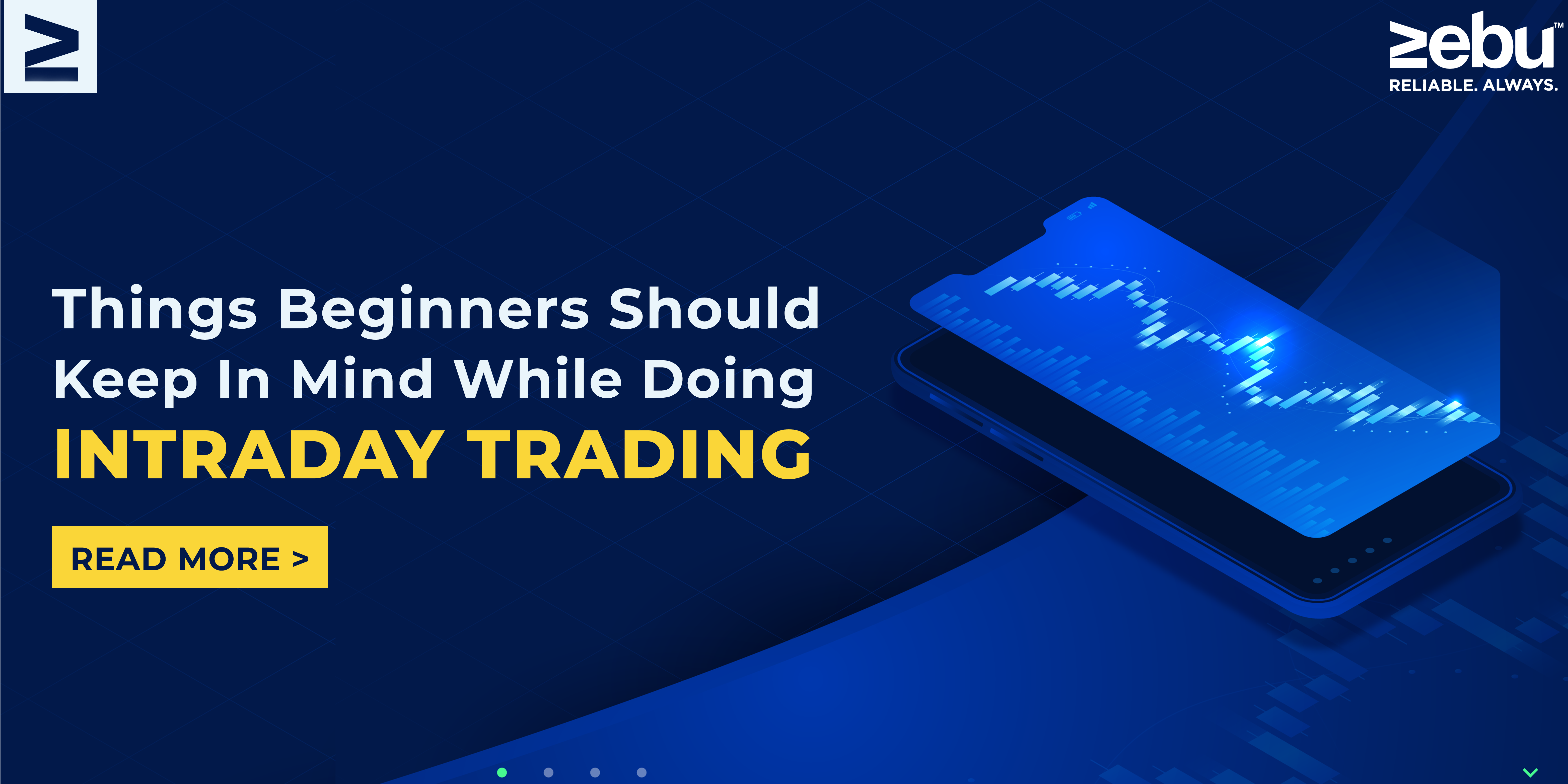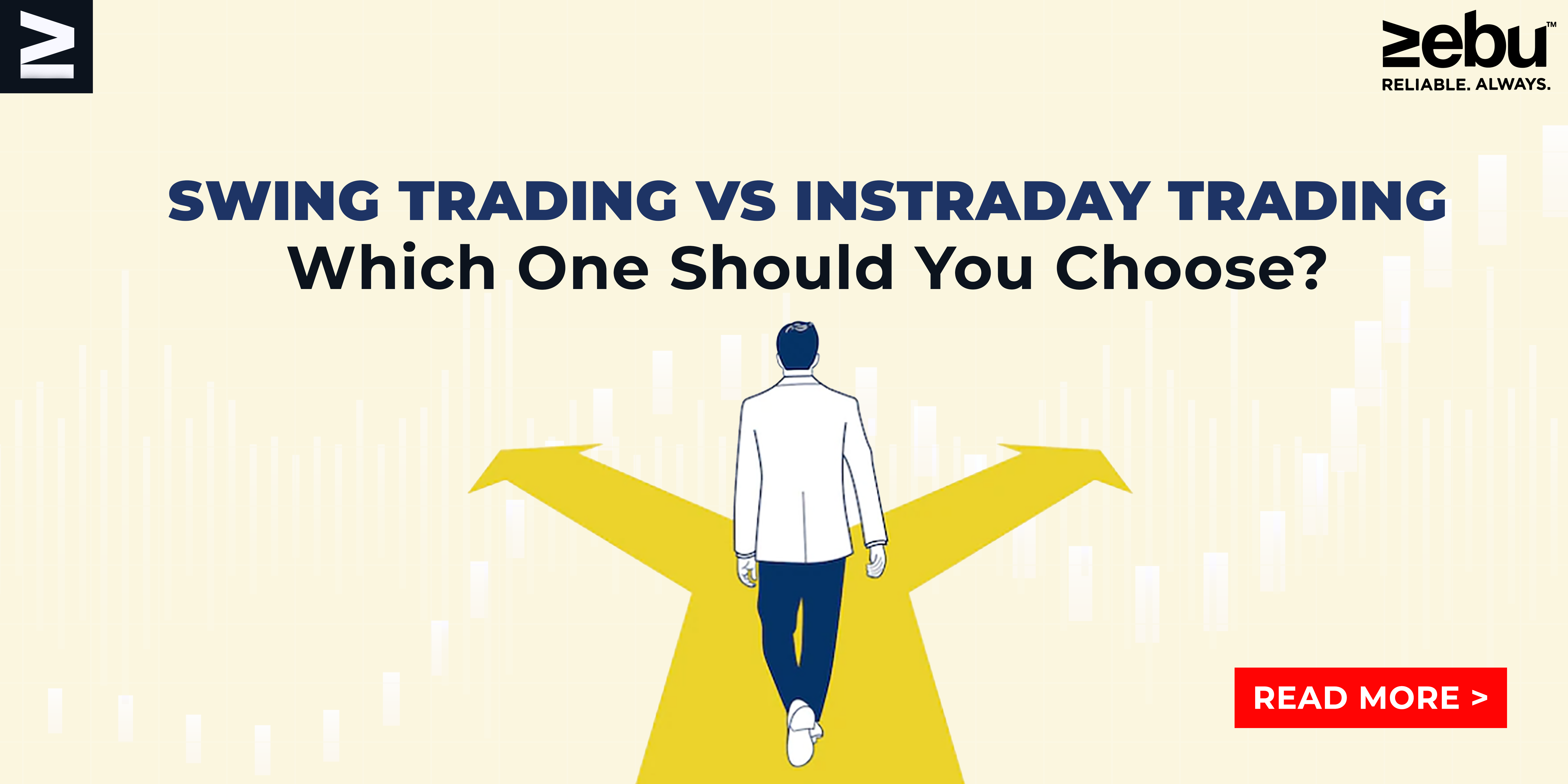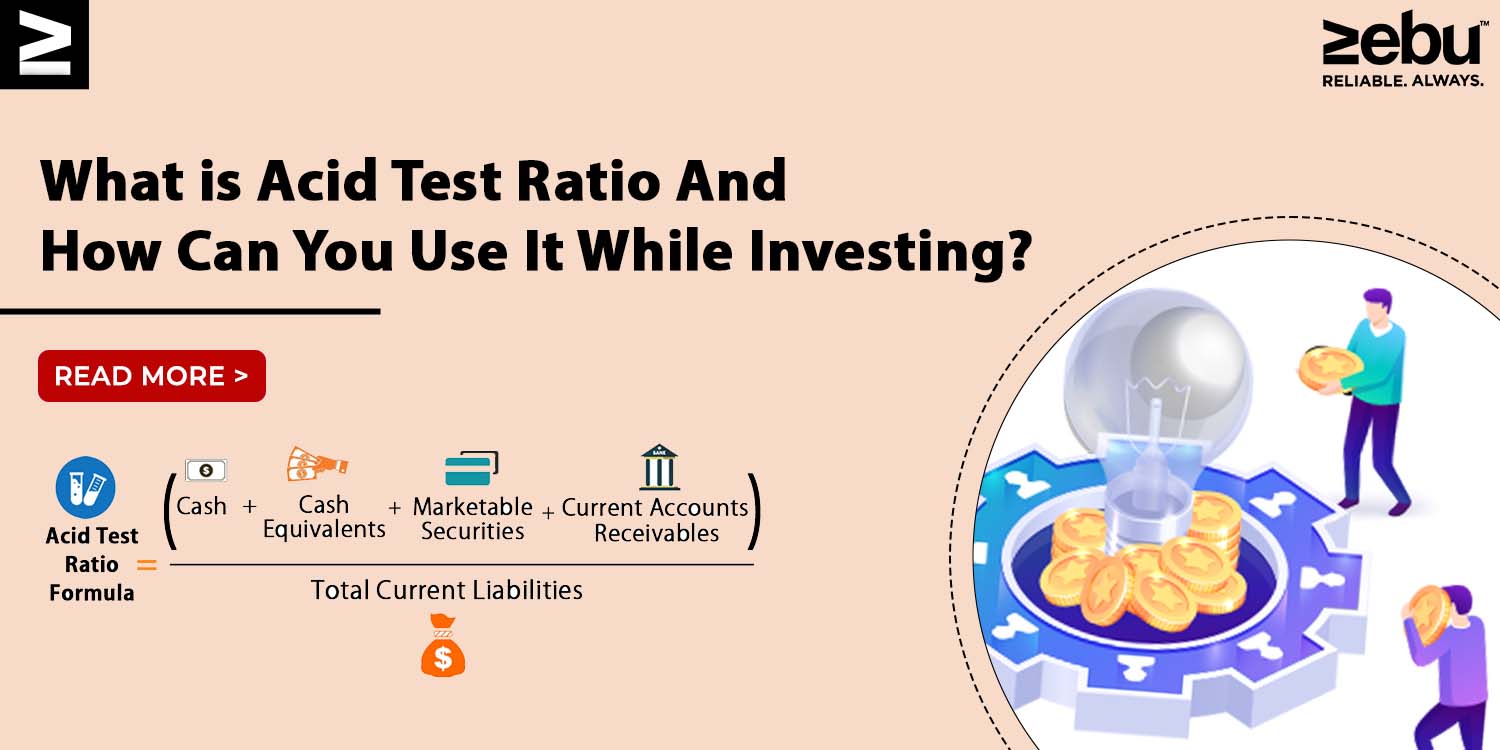
Intraday trading seems to be picking up steam in India with more traders opening demat accounts everyday. Even though it might seem like a lucrative career option, it comes with multiple issues as well. Here are the pros and cons of intraday trading.
1. Quick Money
Day trading, unlike long-term investments, can bring in money very quickly. The profit or loss will be displayed in your trading account right away, based on your exit plan and performance. You can choose whether to put the money in your bank account or put it back into your trading capital pool.
2. No danger at night
By not leaving your stocks on the market overnight, you can reduce the risk of overnight volatility when you day trade. Stock prices often change between when the market closes and when it opens, because of news and other things. This change could have an effect on the price of the stock.
3. Make money in down markets
One of the best things about day trading is that you can still make money even when the market is down. Instead of buying a stock, you can sell it short and then buy it back to make money. So, you can make money whether the market is going up or down. This benefit isn’t usually a part of investment opportunities.
Dangers of day trading
There are also some bad things about trading every day. If you want to be a successful trader, remember these problems so you can avoid them.
Consistency is needed to deal with risk in markets that change a lot.
The chance of losing money
How to Start Trading Day Trading
Before you can start trading on the stock market, you have to open a trading account and a DEMAT account. If you are an experienced trader who wants to try stock market intraday trading, you might open a new account to keep your trading separate. When you have different accounts, it’s easier to keep track of things. Due to the different ways that intraday trades are taxed, setting up a separate account makes tax calculations easier. Open a demat account with Zebu to benefit from a host of tools and benefits.
After that, you can sign up for the tools you need for intraday trading. You can obtain various tools to help you with intraday trading after creating an account. Spend some time looking at daily charts before you start trading so you can become familiar with the patterns of price movement. There are many courses available that offer technical analysis education, and these could also be beneficial.








